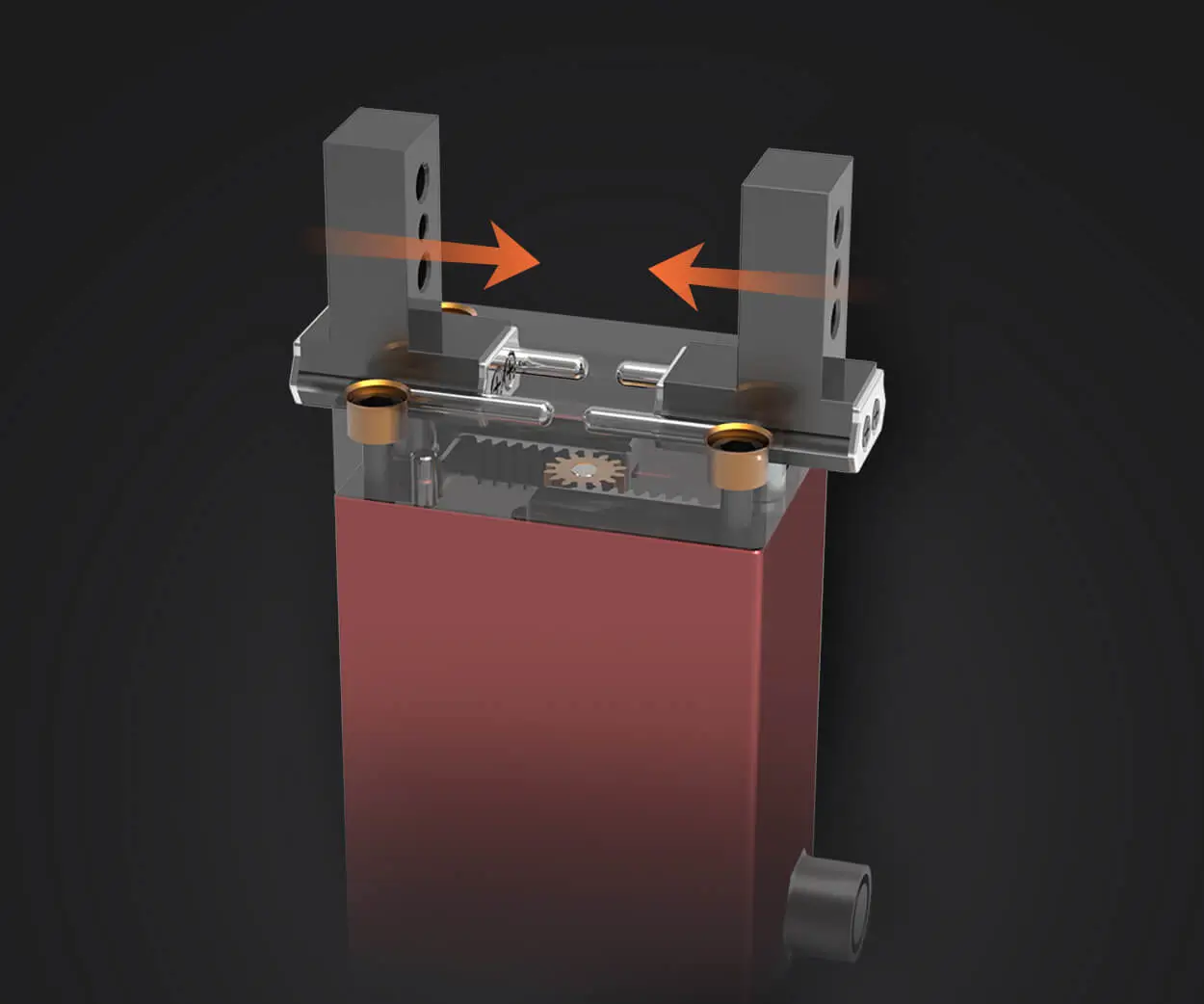Unlocking Precision and Compact Power: An In-Depth Look at Micro Servo 9g SG90 Dimensions
In the world of robotics, hobby electronics, and DIY engineering, the importance of choosing the right components can’t be overstated. Among these components, servos—particularly the small, lightweight, and versatile micro servos—stand out as essential building blocks. One of the most popular choices among hobbyists and professionals alike is the 9g SG90 servo. Its diminutive size, affordability, and reliable performance have made it a cornerstone in countless projects ranging from remote-controlled cars to intricate robotic arms.

Why the Focus on Dimensions?
When designing your next project, understanding the physical specifications of your components is crucial. Dimensions influence not only the feasibility of integration but also the overall efficiency, movement range, and structural design. The SG90, being a compact servo, boasts specific measurements that allow it to fit into tight spaces, yet it still delivers a surprising amount of power and precision for its size.
The Core Dimensions of the SG90
The typical dimensions of the SG90 micro servo are often summarized as follows:
Length: Approximately 22.8 millimeters (0.9 inches) Width: Roughly 12.2 millimeters (0.48 inches) Height: Around 29 millimeters (1.14 inches) Weight: About 9 grams
These measurements are generally consistent across different manufacturers, though slight variations may occur based on the specific model or manufacturing tolerances.
Breaking Down the Dimensions
Length (22.8 mm): This is the distance from the front to the back of the servo case. An incredibly compact size, enabling use in tight spots without sacrificing too much power. Width (12.2 mm): This relatively narrow profile allows the servo to be mounted in areas where space is at a premium, such as inside small robots or aerial drones. Height (29 mm): The vertical dimension influences how the servo fits within the overall layout of a device, such as the internal cavity of a drone frame or the body of a small robotic arm. Weight (9 grams): The lightweight nature reduces overall load and stress on the supporting structure, which is particularly critical in airborne applications like quadcopters or lightweight robots.
Design Implications of Dimensions
The compact size of the SG90 is not accidental. It’s designed to maximize utility in constrained environments. For robotics engineers, understanding these measurements helps in creating precise CAD models, ensuring the servo will fit seamlessly into the allocated space.
Moreover, these dimensions influence the servo's mounting method. Most SG90 servos come with standard mounting holes arranged in a pattern that complements its rectangular casing, simplifying integration into various chassis and frames.
Connecting Dimensions to Performance
While the SG90 is regarded for its portability, the physical size also correlates with its performance envelope. For example:
Torque: Being a small servo, it typically offers a torque of about 1.8 kg/cm at 4.8V, which is sufficient for controlling small levers, flaps, or steering mechanisms in remote-controlled models. Speed: It can achieve speeds up to 0.12 seconds per 60 degrees at 4.8V, balancing quick response time with size constraints. Electrical Specs: Its size necessitates specific input voltage and current ratings, generally around 4.8V to 6V, ensuring safe operation without overheating or overloading.
The Role of External Dimensions in Connectivity
Unlike larger servos, the external dimensions impact more than just fitting—connections such as the plug orientation, cable length, and mounting accessories must also be tailored to these sizes. Most SG90s feature a three-wire servo lead that is 130 mm long, with the standard JR or Futaba connector configuration, aligning with its compact profile.
Material and Build Constraints
The small form factor means the case and internal gear mechanisms are constructed from lightweight plastics and plastic gears. This choice impacts durability—while perfectly suitable for hobbyist projects, it may not withstand high-torque or prolonged high-load use. The dimensions help balance manufacturing costs, weight, and performance.
Preparing for Your Project
Before deploying an SG90 servo, measure your available space accurately. Using its standard dimensions as a baseline allows you to modify your design accordingly, ensuring that the servo integrates smoothly without extra bulk or modifications.
Kpower has delivered professional drive system solutions to over 500 enterprise clients globally with products covering various fields such as Smart Home Systems, Automatic Electronics, Robotics, Precision Agriculture, Drones, and Industrial Automation.




































